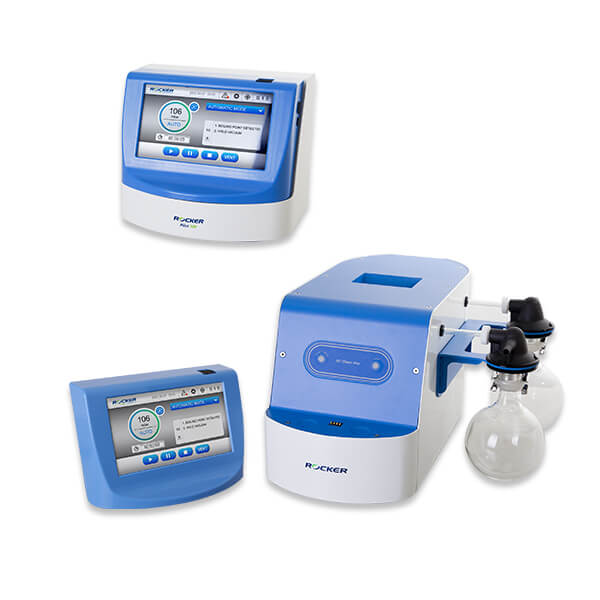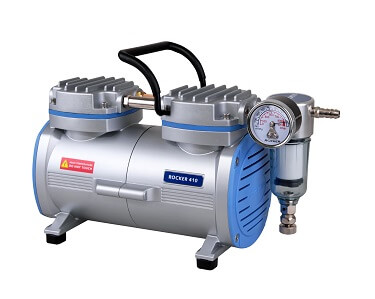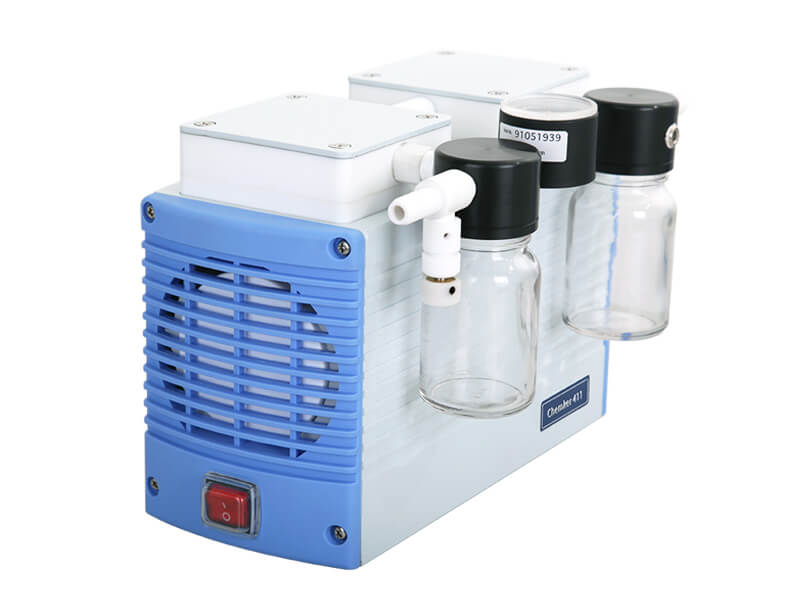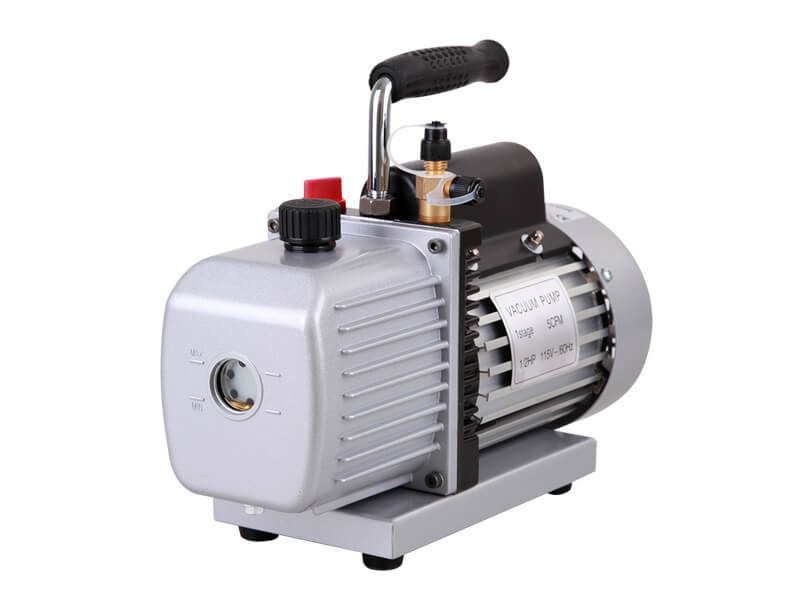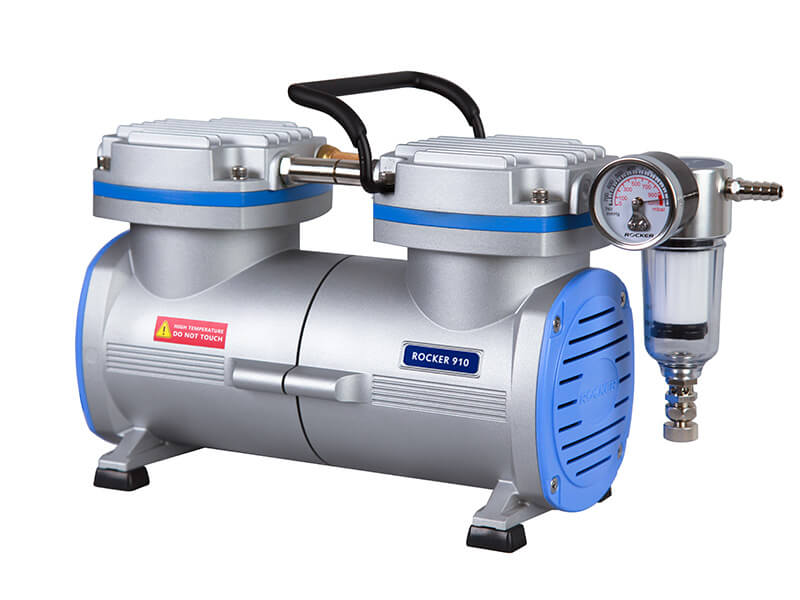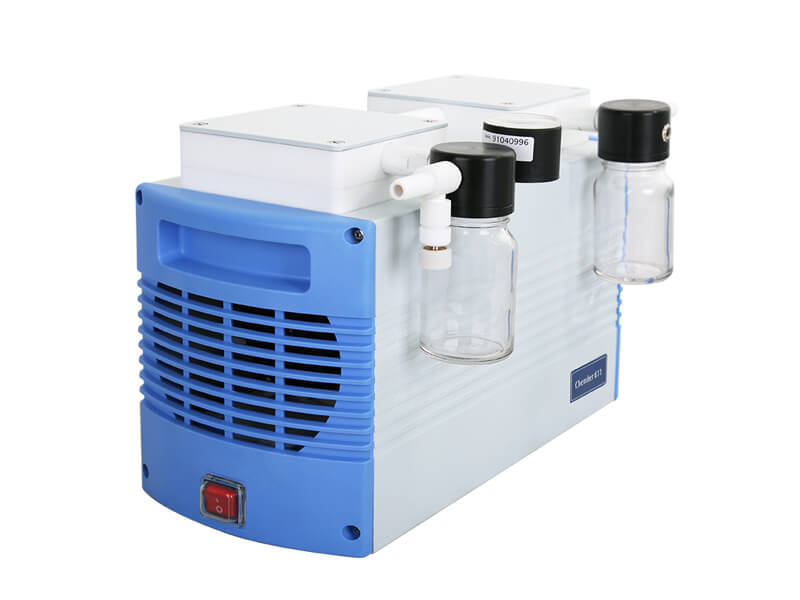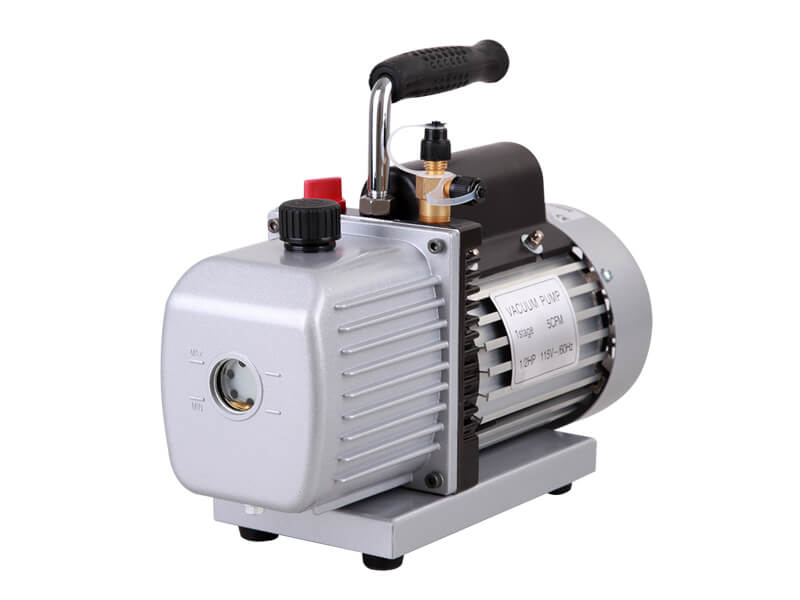What is vacuum mixing?
Why is vacuum mixing necessary?
Configuration and equipment for vacuum mixing
Common applications of vacuum mixing
What is vacuum mixing?
Vacuum mixing, also known as vacuum emulsification, is a process that use a vacuum mixer (or vacuum emulsifier) with a vacuum pump to dissolve, mix, blend, emulsify, or homogenize materials in a vacuum environment. The vacuum mixer employs mixing attachments to thoroughly combine the samples, typically including an emulsifying head or an agitator. The operator can choose the appropriate mixing attachment based on the condition of the sample.
However, the high-speed mixing process can generate heat, which may lead to material degradation. Therefore, if the processed sample is heat-sensitive, it is recommended to use a circulating water bath at lower temperature. If the raw materials require high temperature for mixing or emulsification, a constant temperature circulating water bath can also be applied to uniformly heat the sample and avoid uneven mixing or emulsification.
Why is vacuum mixing necessary?
Vacuum mixing involves mixing under a vacuum (below atmospheric pressure), resulting in a reduced amount of air. This not only ensures cleanliness during the production process but also achieves various purposes includes:
- Avoiding foaming / Degassing:
It prevents the formation of bubbles due to the incorporation of excess air during the mixing and blending process. Existing bubbles within the sample also dissipate due to the pressure difference with the environment, preventing turbidity, discoloration, and aesthetic issues. It helps improve product stability, as well as the strength and structure of materials. - Reducing oxidation reactions:
Creating a vacuum environment by removing air and oxygen during mixing prevents the decomposition of air-sensitive substances and inhibits microbial growth and chemical reactions. This contributes to enhancing product stability and improving product quality.
Configuration and equipment for vacuum mixing
The setup for vacuum mixing includes a vacuum mixer, a vacuum pump, and sometimes a heating/temperature control device. Vacuum mixers can be classified into models with or without built-in vacuum pumps. The following discussion pertains to models without built-in pumps and require an external vacuum pump.
The selection of an external pump depends on the mixing tank capacity and the state of the solution. The pump flow rate should be proportional to the mixing tank capacity, and it is generally recommended that the pump flow rate is equal to or greater than twice the capacity of the mixing tank. If the sample has high viscosity, a pump with higher vacuum is recommended. To ensure precise control of the vacuum level, it is advisable to use a vacuum controller, allowing the sample to be mixed in the optimal vacuum environment, ensuring consistent production quality and better reproducibility
Both ROCKER’s vacuum controllers are equipped with auto boiling point detection. Feel free to start and leave.
– DC Chem 610 Pro Auto Vacuum System
– Pilot 100 Vacuum Controller
ROCKER’s Vacuum Controllers
Common applications of vacuum mixing
- Cosmetics industry: Mixing and degassing of emulsions, facial cleansers, creams, toothpaste, and cosmetics.
- Medical industry: Mixing and degassing of ointments, gels, and dental impression materials (e.g., alginates).
- Medical materials: Mixing of bone cement used in medical procedures.
- Manufacturing industry: Mixing and degassing of epoxy resins, paint coatings, and other materials.
- Chemical formulation analysis: Vacuum mixing is used in the formulation and analysis of chemical compounds.

